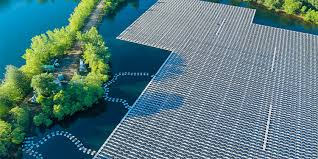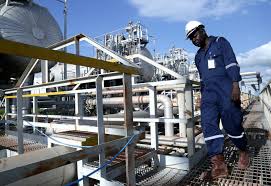Nigeria is set to embark on a groundbreaking renewable energy project with plans to build a 1-gigawatt (1GW) floating solar power plant on the surface of the Kainji Dam, marking a major step toward the nation’s clean energy transition.
The ambitious project is a partnership between Mainstream Energy Solutions Limited (MESL) and Granville Energy, and will be the first of its kind in Nigeria. Designed to complement the existing hydroelectric power infrastructure at Kainji, the floating solar plant aims to significantly boost Nigeria’s renewable energy output while reducing reliance on fossil fuels.
Granville Energy’s CEO, Tabi Tabi, said the project offers unique advantages that make it both innovative and sustainable. “The first benefit is that you don’t need land,” he explained. “Imagine trying to build a 1GW solar plant on land – it would take up vast areas that could otherwise be used for farming, which remains a crucial part of our economy.”
Tabi also highlighted the environmental benefits of floating solar technology. “By placing solar panels on the water’s surface, we reduce evaporation and help maintain water levels at the dam,” he said. “It’s a win-win for both energy generation and environmental preservation.”
Beyond its technical innovation, the project promises substantial social and economic benefits. A 1GW solar plant could power millions of households, provide more stable electricity to communities, and support Nigeria’s broader efforts to expand access to clean energy under the Federal Government’s Energy Transition Plan.
Floating solar technology has already gained traction in countries such as India, China, and Singapore, but Nigeria’s entry into the space marks a major milestone for Africa’s renewable energy sector.
When completed, the Kainji floating solar plant will not only increase Nigeria’s generation capacity but also position the country as a regional leader in sustainable power innovation, driving progress toward a cleaner, more resilient energy future.














Leave a comment